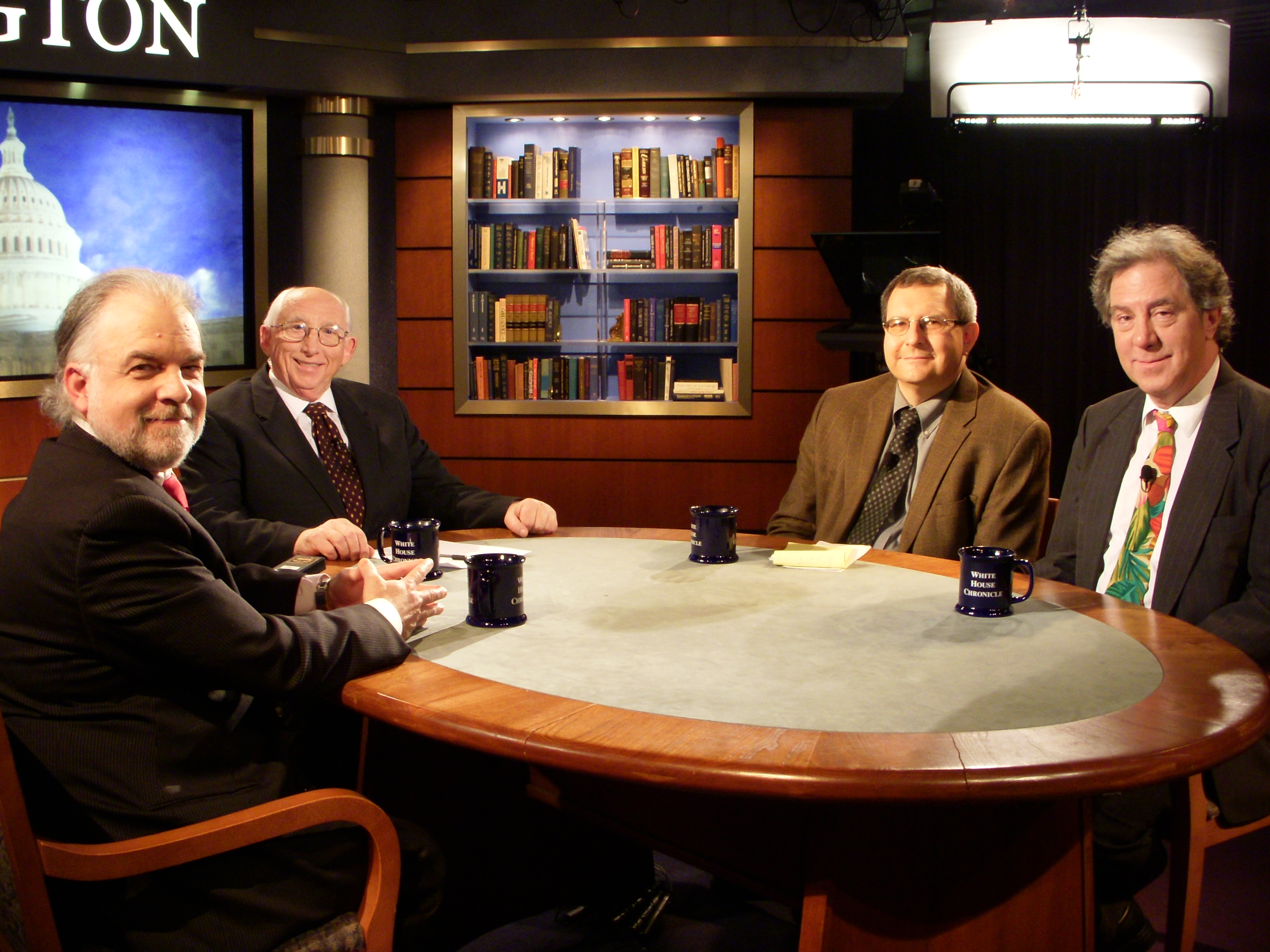Excuse me, but I am a potted plant. Well, at best an extra, who has been sent over by Central Casting to fill in the numbers.
I am not alone. There were at least 350 other potted plants, aka White House reporters, who gathered in the East Room on Tuesday night to watch what the White House itself called “the program.”
The thing was concocted, stage-managed and went off well enough, given that the White House press office had wrung anything like spontaneity out of it. It was indeed as they had billed it: a program in which President Obama took his time to respond at length to some really bland and uninspired questions, posed by largely the same people–from the television networks plus the Associated Press–who are called upon daily in press secretary Robert Gibbs’s briefings.
At those briefings, the rest of us sit there in our potting soil. We wave our arms in the hope we might be recognized towards the end of a long, rambling session that seems more like the press secretary chatting with his pals who have seats assigned in the front.
Keep this up and reporters morph into courtiers, which serves neither the larger purposes of democracy nor the specific strategies of the administration. At some level, it is also very insulting to the large number of reporters who ply the journalism trade in Washington.
Clearly, the White House is defining reporters by where they work rather than what they do. This is an inversion, lacking in understanding of the realities of the media craft.
The truth is that newspapers trump television every time when it comes to original reporting. Their nature and tradition makes it that way. Television– and I have worked in it and contemporaneously with print for many years–is the friend of the instant and the enemy of the profound.
The written word, not the broadcast one, is the beacon of liberty. It is durable, more accountable and requires more coherence than its powerful but fleeting electronic cousin.
It is neither right nor possible for the White House to balance out the competing claims for the right to question the president or the press secretary. The solution lies in the past: In the old days of a forest of hands, the earnest cries to be recognized by eager questioners.
It is messy, but it works. Actually, 350 people shouting “Mr. President” is an affirmation of a free press rather than the pre-selection of an elite with a predictable roster of questions–usually right out of that day’s newspapers.
The old free-for-alls, where the president or the briefer selected from a clamoring throng, was disorderly, noisy and rather glorious in that the world could see how open the media is in the United States. As it is now, it appears scripted even though the questions are composed only by the reporters (I hope).
Sure, the open system looks and sounds like feeding time at the animal shelter. But most of us would rather be seen jumping for attention than sitting around like plotted plants, honored to be allowed in but with nothing to do except fill out the numbers. Heck, you can do that with computer animation.
This administration gives every indication that it is enthralled by new media: Web-only publishing and bloggers. If it is to include their interests, it has to stop its rigid press handling and free things up in the interface between the White House and those who report on it.
The alternative is the kind of quota system that was emerging this week, designed to mollify those who were upset after President Obama’s first press conference: the military press, the Hispanic broadcasters and, in concession to new media, Politico which tries to be both print and Web.
Personally, I do not like shouting questions in crowded “programs.” I am quite relaxed as a potted plant.

 Follow
Follow
Leave a Reply